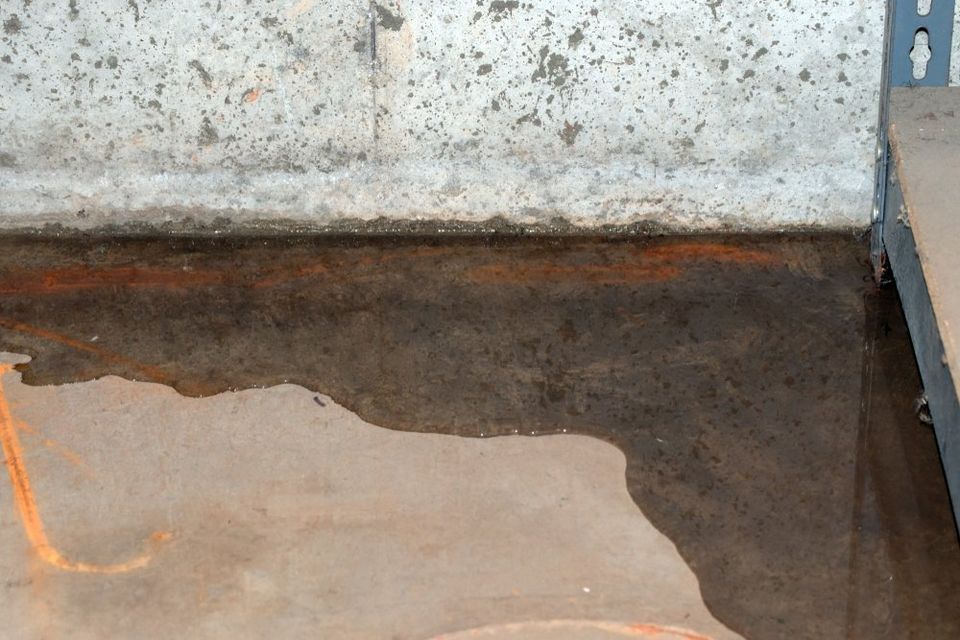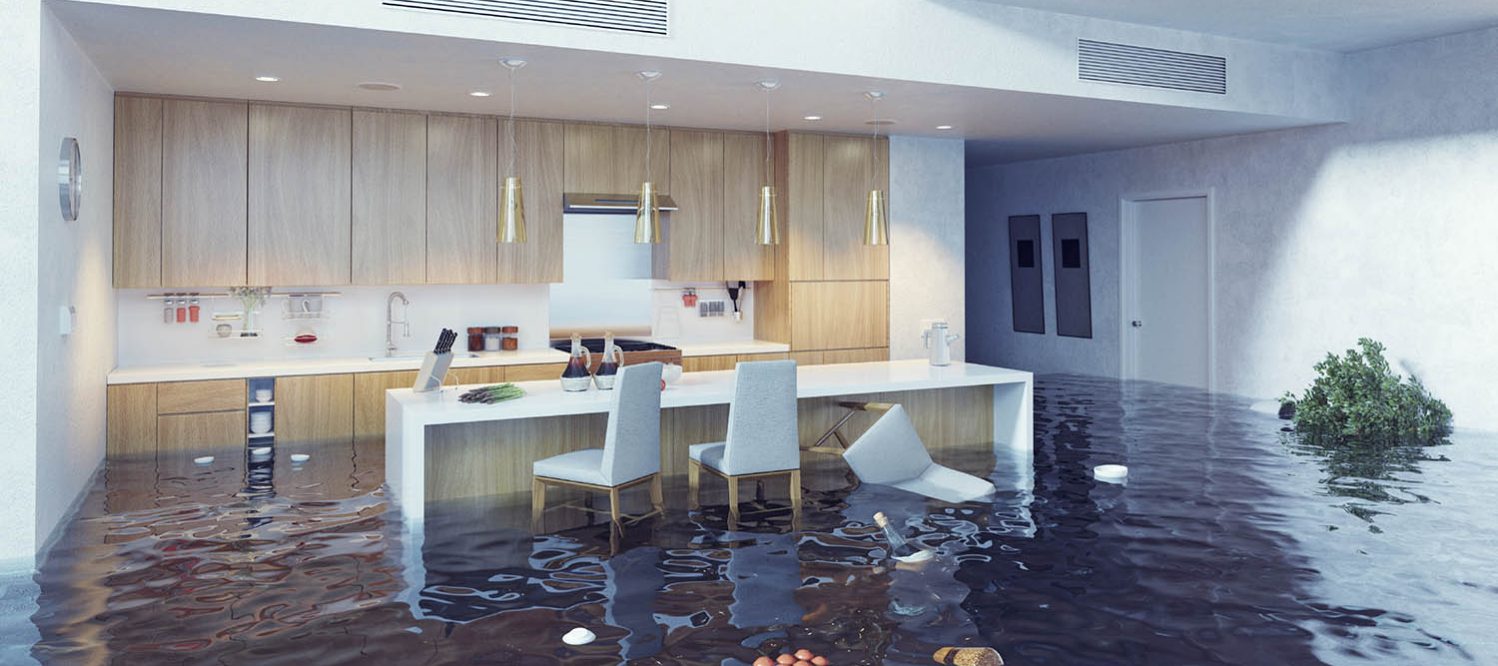Do's & Don'ts of Water Damages.
Do's & Don'ts of Water Damages.
Blog Article
Listed here down the page you will discover lots of incredibly good content in regards to Fire And Water Damage Prevention.

Though water provides life, water breach on components where it's not expected to be can lead to damages. If the water soaks right into your structure, it can peel away surface areas and wear down the foundation. Mold and mold additionally grow in a damp atmosphere, which can be hazardous for your wellness. Residences with water damages smell old and moldy.
Water can originate from many sources such as tropical cyclones, floods, ruptured pipes, leaks, as well as drain concerns. In case you experience water damages, it would be great to recognize some safety precautions. Right here are a few guidelines on just how to handle water damage.
Do Prioritize Residence Insurance Coverage Protection
Water damages from flooding dues to heavy winds is seasonal. You can also experience an unexpected flood when a defective pipe instantly ruptures into your home. It would certainly be best to have residence insurance policy that covers both disasters such as natural calamities, and emergencies like broken plumbing.
Do Not Fail To Remember to Switch Off Utilities
In case of a disaster, particularly if you live in a flood-prone area, it would be a good idea to switch off the major electrical circuit. This removes power to your whole home, preventing electrical shocks when water comes in as it is a conductor. Do not neglect to turn off the main water line valve. When floodwaters are high, furnishings will move and create damages. Having the primary valve shut down stops further damage.
Do Keep Proactive and also Heed Weather Notifies
Listen to emptying warnings if you live near a river, lake, or creek . Doing so lowers possible home damage.
Don't Neglect the Roof
Prior to the weather condition transforms shocking, make sure you have a roof covering assessment. It would be sensible to obtain this solution each year as it can minimize intricate problems. If there are no openings and also leaks in your roof covering, you can prevent rainfall damage. Your roofer will likewise care for faulty gutters or any other indications of weakening. This will certainly protect against water from moving down your wall surfaces and also saturating your ceiling.
Do Take Notice Of Small Leakages
A ruptured pipe doesn't happen overnight. You might see bubbling paint, peeling wallpaper, water touches, water stains, or leaking audios behind the walls. Have your plumbing repaired before it results in huge damages.
Don't Panic in Case of a Burst Pipeline
When it comes to water damages, timing is key. Hence, if a pipe ruptureds in your residence, quickly closed off your main water shutoff to cut off the source. Call a reputable water damage restoration professional for aid.
Water provides life, water intrusion on components where it's not expected to be can result in damage. Residences with water damages scent old and also stuffy.
Water damage from flood fees to hefty winds is seasonal. You may see gurgling paint, peeling wallpaper, water streaks, water stains, or dripping noises behind the walls. When it comes to water damage, timing is key.
Some Do's & Don't When Dealing with a Water Damage
DO:
Make sure the water source has been eliminated. Contact a plumber if needed. Turn off circuit breakers supplying electricity to wet areas and unplug any electronics that are on wet carpet or surfaces Remove small furniture items Remove as much excess water as possible by mopping or blotting; Use WHITE towels to blot wet carpeting Wipe water from wooden furniture after removing anything on it Remove and prop up wet upholstery cushions for even drying (check for any bleeding) Pin up curtains or furniture skirts if needed Place aluminum foil, saucers or wood blocks between furniture legs and wet carpet Turn on air conditioning for maximum drying in winter and open windows in the summer Open any drawers and cabinets affected for complete drying but do not force them open Remove any valuable art objects or paintings to a safe, dry place Open any suitcases or luggage that may have been affected to dry, preferably in sunlight Hang any fur or leather goods to dry at room temperature Punch small holes in sagging ceilings to relieve trapped water (don't forget to place pans beneath!); however, if the ceiling is sagging extremely low, stay out of the room and we'll take care of it DO NOT:
Leave wet fabrics in place; dry them as soon as possible Leave books, magazines or any other colored items on wet carpets or floor Use your household vacuum to remove water Use TV's or other electronics/appliances while standing on wet carpets or floors; especially not on wet concrete floors Turn on ceiling fixtures if the ceiling is wet Turn your heat up, unless instructed otherwise

As a keen reader about Fire And Water Damage Prevention, I think sharing that piece of content was worth the trouble. Are you aware of another person who is enthusiastic about the topic? Be sure promote it. We enjoy reading our article about Preventing Fires and Water Damage In Your Home.
Report this page